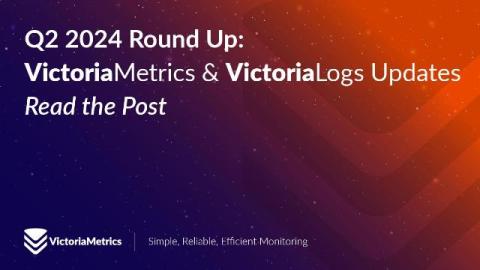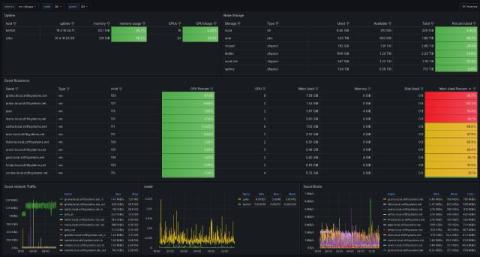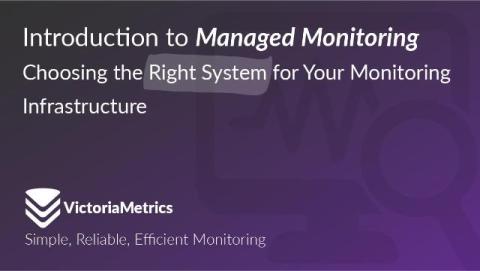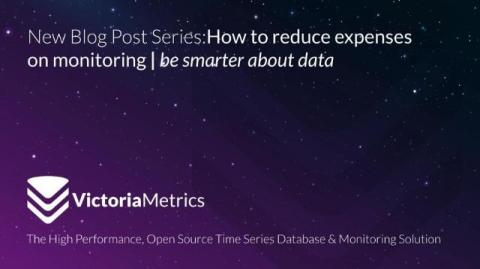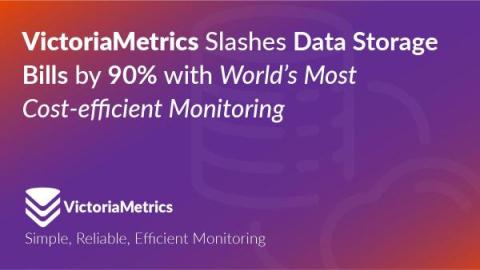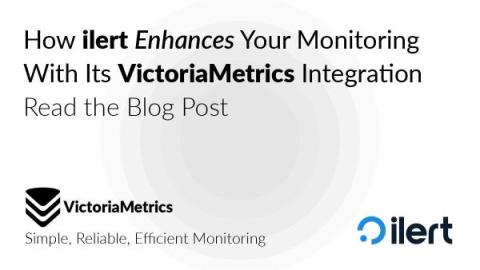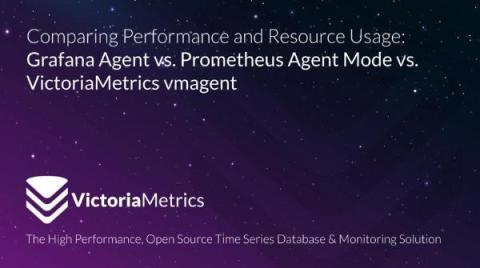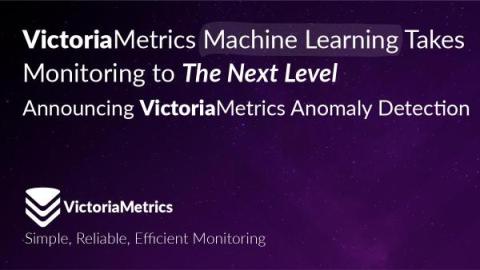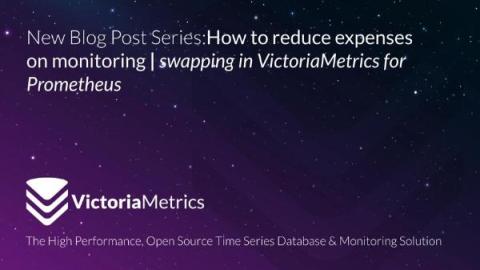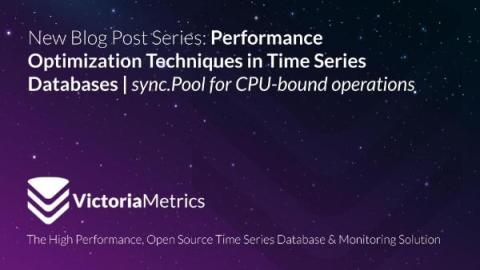Q2 2024 Round Up: VictoriaMetrics & VictoriaLogs Updates
Many thanks to everyone who joined us for our recent virtual meetup, during which we discussed some of our Q2 2024 highlights, including features highlights, the 2024 roadmap for VictoriaMetrics and all the latest news on VictoriaLogs! In this blog post, we’d like to share a summary of these highlights.


